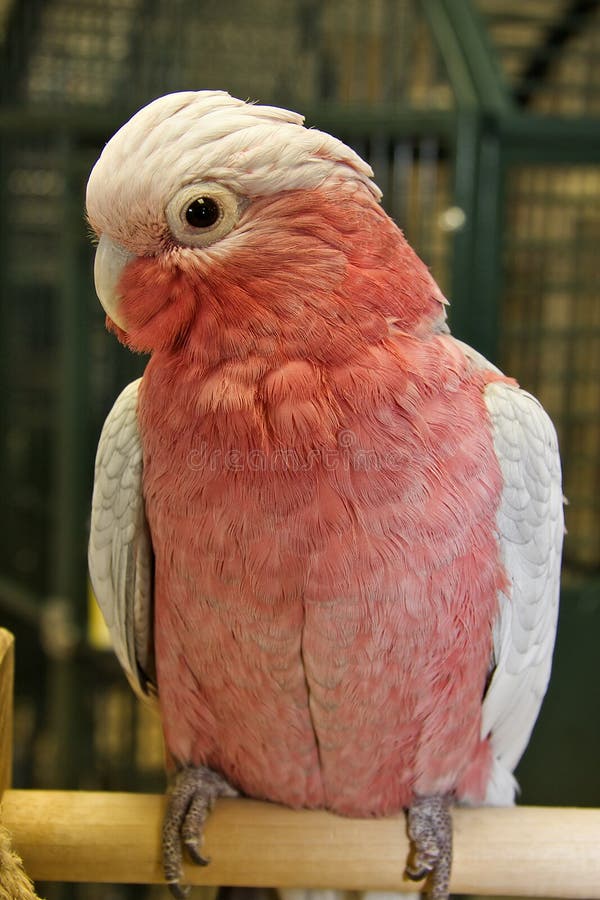
The nest is a tree hollow or similar location, lined with leaves.

Like all birds they will display signs of depression if a mate dies prior to forming a new bond. Galahs form permanent pair bonds, although a bird will take a new partner if the other one dies. Juveniles have greyish chests, crowns, and crests, and they have brown irises and whitish bare eye rings, which are not carunculated. The colours of the juveniles are duller than the adults. The genders appear similar, however generally adult birds differ in the colour of the irises the male has very dark brown (almost black) irises, and the female has mid-brown or red irises.
#ASSIMILIS ROSE BREASTED COCKATOO SKIN#
They have a bone-coloured beak and the bare skin of the eye rings is carunculated. They have a pale grey to mid-grey back, a pale grey rump, a pink face and chest, and a light pink mobile crest. Galahs are about 35 cm (14 in) long and weigh 270–350 g. The term galah is derived from gilaa, a word found in Yuwaalaraay and neighbouring Aboriginal languages of southeast Australia. Although originally a desert bird they are now found in all states on the mainland and were introduced to Tasmania. There are three Sub-Species of Galahs EASTERN - E.

They belong to the parrot group of birds. The Galah, Eolophus roseicapilla, also known as the Rose-breasted Cockatoo, Galah Cockatoo, Roseate Cockatoo or Pink and Grey, is one of the most common and widespread cockatoos, found in open country in almost all parts of mainland Australia. With pairs and young birds among them they didn’t seem too concerned by our resident bird-watcher.

This small flock of Galahs were photographed feasting on grass roots and seeds on Saturday afternoon.


 0 kommentar(er)
0 kommentar(er)
